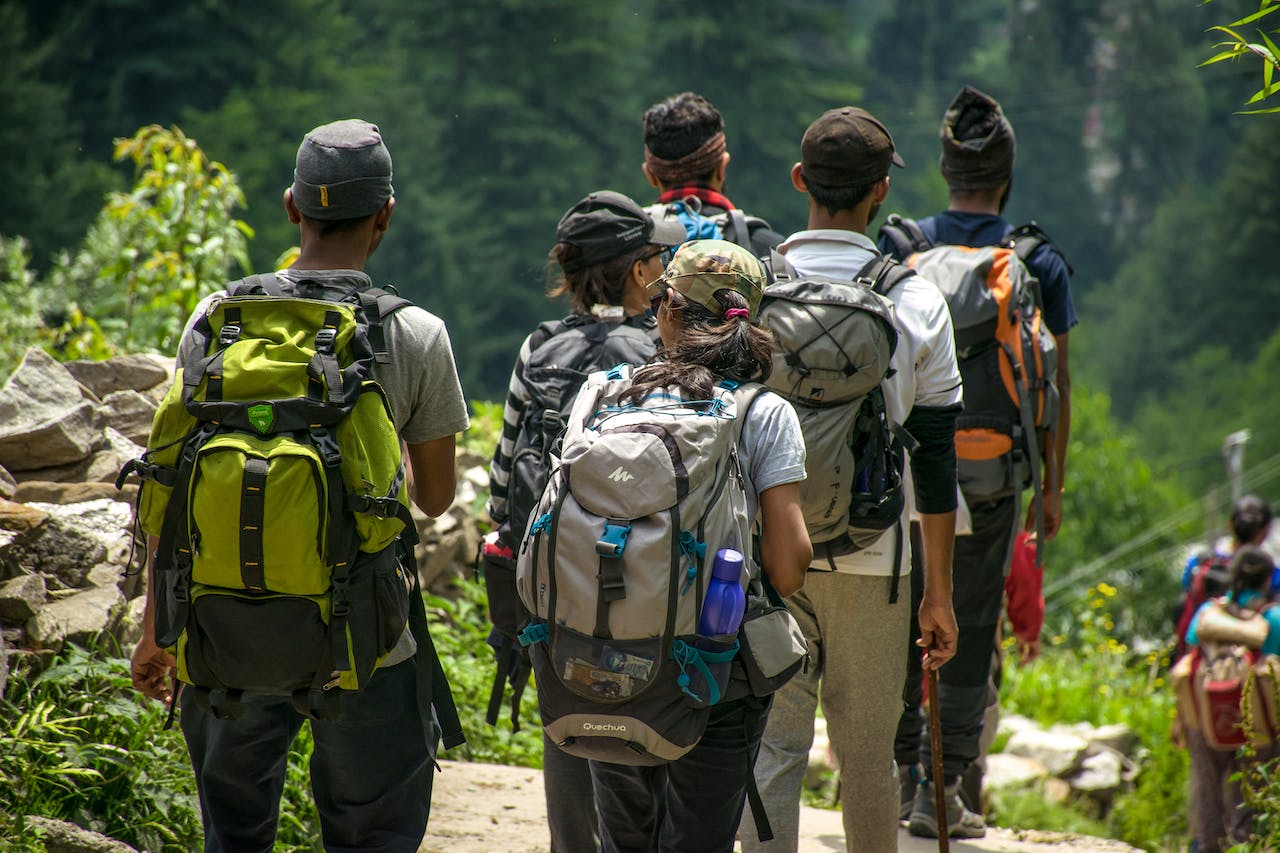Hiking is a thrilling adventure that allows you to connect with nature, but it also comes with its share of uncertainties. Being prepared for the unexpected is key to ensuring a safe and enjoyable hiking experience. In this guide, we’ll delve into essential hiking safety tips that every outdoor enthusiast should keep in mind.
Research and Plan Your Route
Before setting out on a hiking expedition, thorough research and planning are crucial. Familiarize yourself with the chosen trail, including its difficulty level, terrain, and potential hazards. Check weather forecasts and trail conditions to anticipate any challenges you may face. Inform someone trustworthy about your hiking plans, providing details like your intended route, expected return time, and emergency contacts.
Gear Up: Essentials for Every Hiker
Having the right gear can make a significant difference in your safety on the trail. Ensure you have the following essentials:
- Appropriate Footwear: Invest in sturdy, comfortable hiking boots that provide ankle support and are suitable for the terrain.
- Weather-Appropriate Clothing: Dress in layers and pack weather-appropriate clothing, including a waterproof jacket, hat, and gloves.
- Navigation Tools: Carry a map, compass, or GPS device to help you stay on course and navigate unfamiliar terrain.
- Hydration System: Bring sufficient water to stay hydrated, especially on longer hikes. Consider a water purification system for refilling from natural sources.
- Nutrition: Pack high-energy snacks and meals to keep your energy levels up throughout the hike.
- First Aid Kit: A well-equipped first aid kit should include bandages, pain relievers, blister treatment, and any personal medications.
- Emergency Shelter: Even on day hikes, having a lightweight emergency shelter or space blanket can provide protection in unforeseen circumstances.
- Illumination: Carry a reliable headlamp or flashlight with extra batteries for nighttime or low-light conditions.
- Multi-Tool or Knife: A compact multi-tool or knife can be invaluable for various tasks on the trail.
- Emergency Communication Device: Consider carrying a fully charged mobile phone, a satellite communicator, or a personal locator beacon for emergencies.
Know Your Limits and Physical Condition
Assessing your fitness level and understanding your physical limitations is crucial when planning a hike. Choose a trail that aligns with your abilities, and gradually progress to more challenging routes as your experience grows. Listen to your body during the hike and be aware of signs of fatigue, dehydration, or altitude sickness. If you feel unwell, it’s essential to prioritize your safety and consider turning back.
Stay on Designated Trails
Venturing off designated trails can lead to accidents, getting lost, or damaging fragile ecosystems. Stick to established paths to minimize the impact on the environment and reduce the risk of injury. Trails are usually marked for a reason, guiding hikers through safe and approved routes. Straying off the path not only poses safety concerns but can also disrupt wildlife habitats and natural landscapes.
Weather Awareness: Be Prepared for Changes
Weather conditions can change rapidly, especially in mountainous or coastal regions. Keep an eye on weather forecasts before your hike and be prepared for unexpected shifts in weather. Dress in layers to adapt to temperature changes, and bring rain gear even on sunny days. If thunderstorms are forecasted, avoid exposed areas and seek shelter in lower terrain. Being weather-aware is crucial for your safety on the trail.
Water Safety: Crossing Streams and Rivers
Crossing streams or rivers can be a challenging aspect of hiking, and safety precautions are essential. Here are some tips:
- Evaluate Crossing Points: Look for wider, shallower sections with a slow current. Avoid narrow, swift channels and areas with hidden obstacles.
- Use Trekking Poles: If available, trekking poles can provide stability and help gauge water depth.
- Unbuckle Straps: Loosen straps on backpacks to facilitate easier removal in case of a fall into the water.
- Cross as a Group: If hiking with others, cross streams as a group, linking arms for added stability.
- Test the Depth: Before crossing, use a trekking pole or stick to gauge the depth and stability of the streambed.
Wildlife Awareness: Respect the Environment
Encountering wildlife is a thrilling aspect of hiking, but it’s essential to respect the natural habitat and prioritize safety. Follow these guidelines:
- Maintain Distance: Keep a safe distance from wildlife to avoid disturbing their natural behaviors.
- Secure Food: Store food securely to prevent attracting wildlife, reducing the risk of confrontations.
- Make Noise: Especially in bear country, make noise to alert wildlife to your presence, reducing the likelihood of surprising them.
- Know Basic Wildlife Safety: Understand the specific wildlife risks in the area you’re hiking and learn basic safety protocols.
Leave No Trace: Preserve the Environment
Responsible hiking includes leaving no trace and preserving the environment for future generations. Follow the principles of Leave No Trace:
- Pack Out Your Trash: Carry all your trash with you, including food wrappers and biodegradable waste.
- Stay on Designated Trails: Avoid creating new paths, as this can lead to soil erosion and damage fragile ecosystems.
- Respect Wildlife: Observe wildlife from a distance, and never feed or approach them.
- Minimize Campfire Impact: If permitted, use established fire rings, and ensure fires are completely extinguished before leaving.
Safely Embrace the Great Outdoors
Hiking is a magnificent way to connect with nature, and ensuring your safety allows you to fully embrace the beauty of the great outdoors. By following these hiking safety tips and being prepared for the unknown, you can embark on your adventures with confidence. So, gear up, plan your routes, and let the trails become your pathway to awe-inspiring landscapes and unforgettable experiences.




